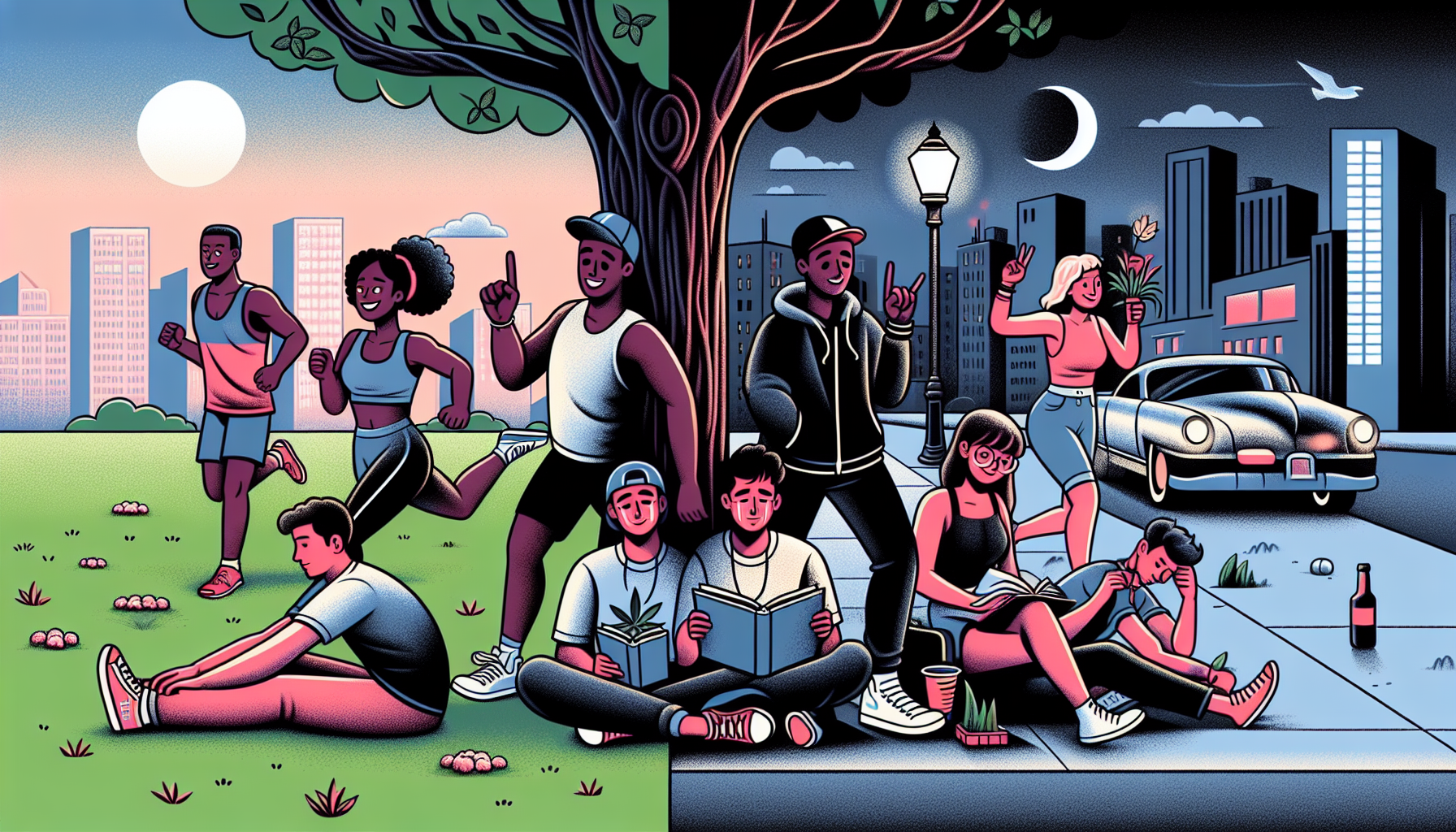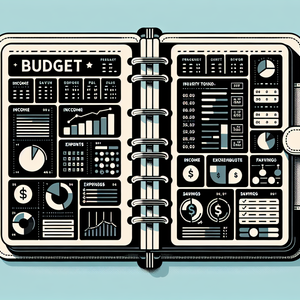The Hidden Challenges of Remote UI/UX Design

One of the most significant challenges of remote UI/UX design is effective communication. In a traditional office setting, spontaneous conversations and face-to-face interactions facilitate the flow of ideas and feedback. However, remote work often leads to reliance on emails, chat platforms, and video calls—each with its limitations. Misinterpretations can arise from written communication, and the lack of non-verbal cues can hinder team dynamics. For example, a designer may send a detailed design proposal via email, but without the opportunity for immediate feedback or clarification, team members may misinterpret key elements or fail to grasp the intended vision. This disconnect can lead to wasted time and resources, ultimately impacting project timelines. To overcome these barriers, remote designers should prioritize the use of video conferencing tools like Zoom or Microsoft Teams for important discussions. These platforms allow for real-time interaction and can mimic the nuances of in-person conversations. Furthermore, establishing clear communication protocols—such as regular check-ins and updates—can keep team members aligned and informed.
Maintaining Creativity in Isolation
Creativity thrives on collaboration and interaction, but remote work can lead to feelings of isolation, stifling the creative process. Without the vibrant energy of a workplace, designers may struggle to generate fresh ideas or feel motivated to push their work further. According to a survey by Adobe, 47% of creatives feel that working remotely has negatively affected their creativity. To combat isolation, remote designers should seek out opportunities for collaboration, even if they are virtual. Participating in online design challenges, joining design communities on platforms like Dribbble or Behance, or engaging in brainstorming sessions with peers can stimulate creativity. For instance, design hackathons hosted online can provide a collaborative environment where designers can engage with others and bounce ideas around, reigniting their creative spark. Additionally, setting aside time for personal projects or experimenting with new design tools can also reignite passion and innovation. For example, a designer might try out a new prototyping tool or take on a side project that allows them to explore new design trends, ultimately enhancing their skills and keeping their work fresh.
Managing Work-Life Balance
Another challenge that remote UI/UX designers often face is maintaining a healthy work-life balance. The lines between professional and personal life can become blurred, leading to overwork and burnout. A study by Buffer found that 22% of remote workers struggle with unplugging after work, highlighting the need for effective boundaries. To foster a better work-life balance, designers should establish a dedicated workspace that separates their professional and personal environments. This separation not only helps to create a mental barrier between work and home life but also enhances productivity. Setting specific working hours and communicating these boundaries to team members can help manage expectations and create a culture of respect for personal time. Moreover, incorporating regular breaks and engaging in non-work-related activities—such as exercise, hobbies, or social interactions—can rejuvenate the mind and prevent burnout. For example, a designer might schedule a walk during their lunch break or participate in a virtual yoga class after work. These activities not only provide a necessary mental break but can also inspire new ideas and perspectives.
While remote UI/UX design offers unprecedented flexibility and opportunities, it also comes with its own set of challenges. By addressing communication barriers, fostering creativity in isolation, and maintaining a healthy work-life balance, designers can thrive in this new landscape. As the remote work trend continues to evolve, embracing these strategies will not only enhance individual careers but also contribute to the overall health and productivity of remote design teams. Ultimately, understanding and navigating these hidden challenges will empower UI/UX designers to flourish in a predominantly virtual world, ensuring that they remain at the forefront of innovation and creativity in the design industry.
Remote UI/UX Designer
InVision, Zapier, Shopify
Core Responsibilities
Create wireframes, prototypes, and user flows to effectively communicate design ideas.
Collaborate with product managers and developers to ensure design feasibility and alignment with user needs.
Conduct user research and usability testing to gather feedback and iterate on designs.
Required Skills
Proficiency in design tools such as Sketch, Figma, or Adobe XD.
Strong understanding of user-centered design principles and methodologies.
Excellent communication skills for remote collaboration with cross-functional teams.
Remote Interaction Designer
Google, Microsoft, Adobe
Core Responsibilities
Design interactive elements and workflows that enhance user engagement and experience.
Develop and maintain design specifications and documentation for developers.
Test and iterate designs based on user feedback and analytics data.
Required Skills
Knowledge of front-end development technologies (HTML/CSS/JavaScript) to communicate effectively with development teams.
Experience with design systems and component libraries.
Ability to think critically about user interactions and identify potential usability issues.
Remote Product Designer
Airbnb, Facebook, Slack
Core Responsibilities
Lead design initiatives from concept to execution, ensuring alignment with product goals and user needs.
Collaborate with marketing and engineering teams to create cohesive product narratives and interfaces.
Analyze market trends and user data to inform design decisions and strategies.
Required Skills
Strong portfolio showcasing a range of product design work across various platforms.
Familiarity with Agile methodologies and design sprints for efficient project execution.
Excellent problem-solving skills and creative thinking to address user pain points.
Remote UX Researcher
UserTesting, Nielsen Norman Group, IBM
Core Responsibilities
Conduct qualitative and quantitative research to understand user behavior and preferences.
Analyze research findings and present actionable insights to stakeholders to inform design decisions.
Develop user personas and journey maps to guide the design process.
Required Skills
Experience with research methodologies such as surveys, interviews, and usability testing.
Proficiency in data analysis tools and software to interpret user data effectively.
Strong storytelling skills to communicate research findings compellingly.
Remote Visual Designer
Mailchimp, Canva, Asana
Core Responsibilities
Create visually appealing designs for web and mobile applications, ensuring brand consistency.
Collaborate with UX designers to ensure seamless integration of visual and interaction design.
Stay updated on design trends and tools to continuously improve design output.
Required Skills
Strong proficiency in graphic design software such as Adobe Creative Suite (Photoshop, Illustrator).
A keen eye for aesthetics, typography, and color theory to create visually compelling interfaces.
Ability to work independently and manage multiple design projects in a remote setting.


